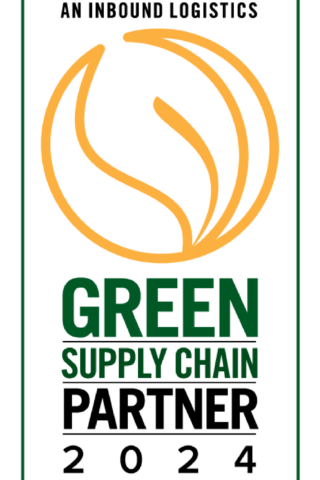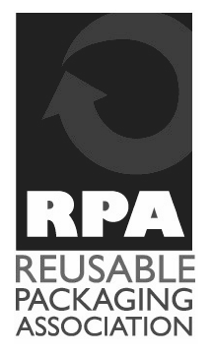The recent IAITAM ACE conference in Las Vegas provided ample opportunities for conversations with IT asset managers responsible for moving hardware from place to place. If there was any one big take-away, it was that when it comes to ESG (environment, social and governance), most IT asset managers had either never heard of it or never thought it really had much to do with them. But IT asset managers can have a bigger impact on their organizations and on the world.
It’s been said that every job is a climate job because we all do things that impact the climate. At Onepak, we say every job is an ESG job, because anyone can get involved in the development and adoption of practices that address their company’s impact on the environment and on the communities in which it operates.
Best practices in ESG mean that you:
- Measure and minimize your impact on the environment (E).
- Operate under strong codes of business and social ethics around equality, diversity and inclusion (S).
- Have strong policies in place around fair and equal pay, employee rights, executive comp, and environmentally sustainable business practices (G).
When we talk to upper management at most companies, these leaders will enthusiastically nod in agreement about the importance of instilling ESG principals in their companies. Unfortunately, that doesn’t always filter down through their entire organization.
And that’s precisely where IT asset managers can have a real impact. Most ITAMs on the hardware side are in positions of real influence, if not control, in their organizations when it comes to what happens to their used IT equipment. They are often able to bring a fresh perspective to tired old habits.
Here’s one example. The industry has a tradition of refreshing most equipment every three years. But is that really necessary? As you consider that habit—and it’s really only a habit—you begin to realize that it began not because it made sense for client needs, but because it was a way for leasing companies to maximize profits.
What’s the solution? How about building analytics to objectively judge when you really need to refresh equipment. When does break/fix truly outweigh the cost of replacement? Since each asset type has a different usable life—longer for servers, shorter for laptops—for some, every five years makes more sense. So why treat them all the same?
When we slow the pace of refreshing equipment, we correspondingly slow the pace of pulling virgin materials such as precious metals (used in making electronics) from the earth to make new equipment. In this case, IT asset managers can play a crucial role in reducing the impact their company has on the environment.
ITAMs can also be ESG champions when it comes to how to dispose of used equipment. How about channeling some of this gear into donations to worthy community groups rather than remarketing them for relatively modest amounts? (Watch for Onepak’s announcement on a new program for that soon.)
Finally, depending on how much of an appetite for activism you might have, you can even become active in the governance part of your company—the G in ESG. What policies does your company have in place to minimize its ecological impact and maximize its social impact? Why not become an internal champion for both?
In the end, it’s all about thinking about your job differently. IT asset managers can have real influence when they begin to consider their roles as part of the circular economy.
While there may be lots of general information about ESG, there is not a lot about it as it relates to IT asset management. But that’s about to change, with our upcoming e-book on the subject—stay tuned.
Meanwhile, If you would like to be included in the conversation about developing standards for measuring the social impact of donating used IT equipment, please contact me at shawn.stockman@onepak.com.








